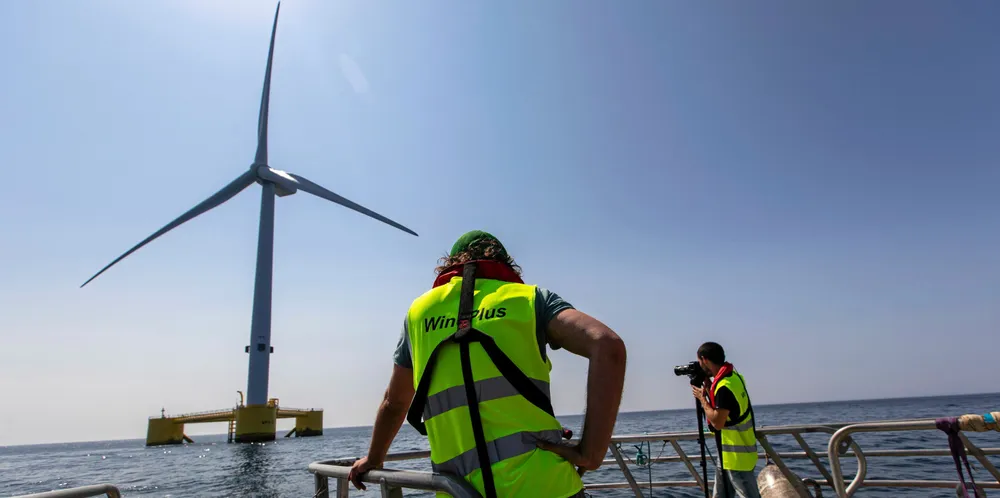Floating wind in race against time before 'everyone runs out of money'
Sector has more ground to make up than fixed-bottom offshore to show it’s a viable option for energy transition, Recharge event hears

Sector has more ground to make up than fixed-bottom offshore to show it’s a viable option for energy transition, Recharge event hears
